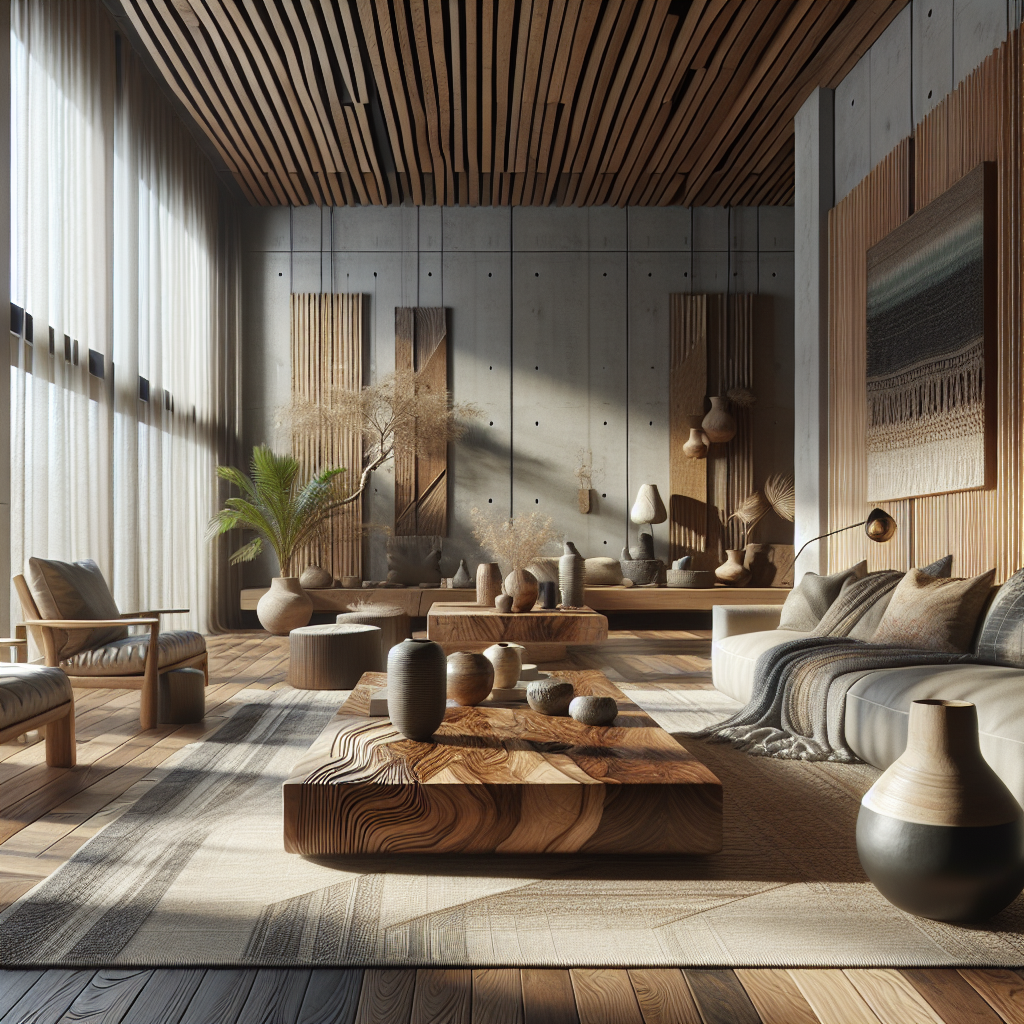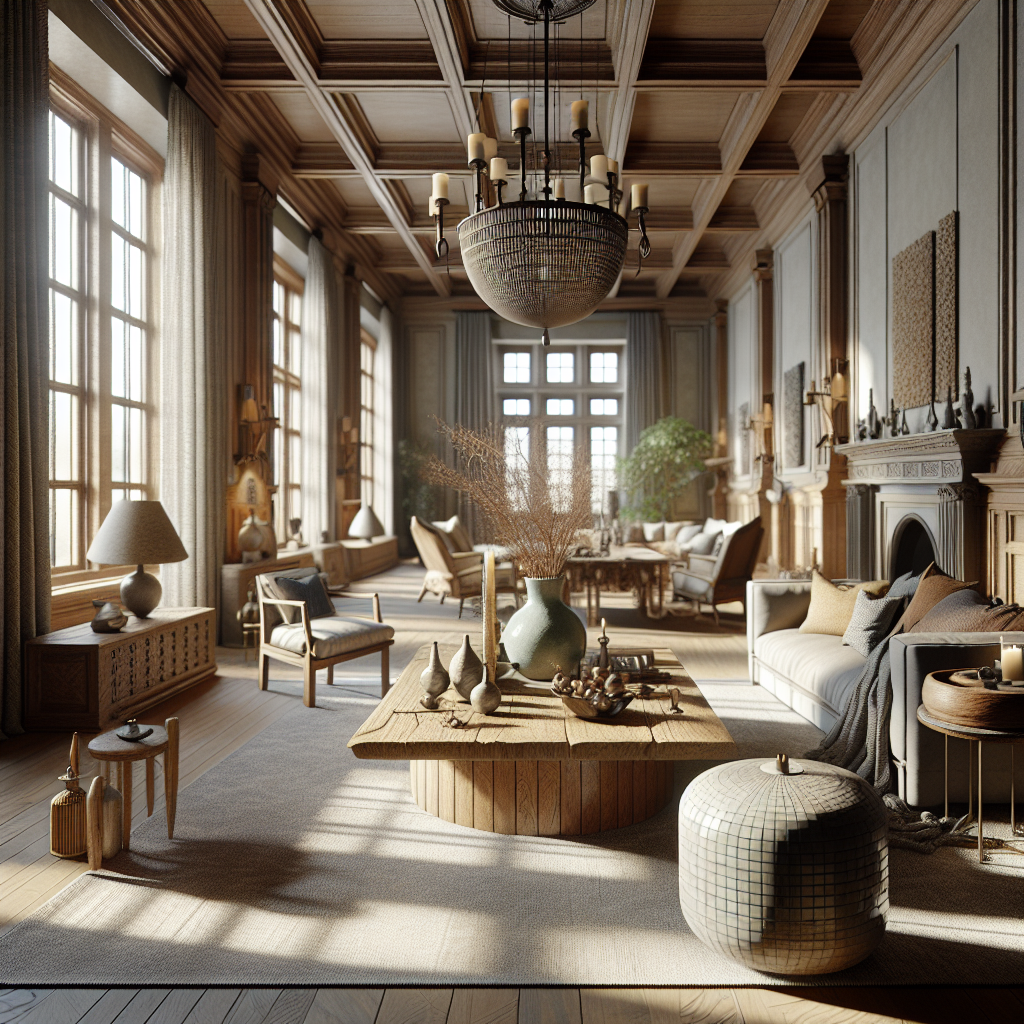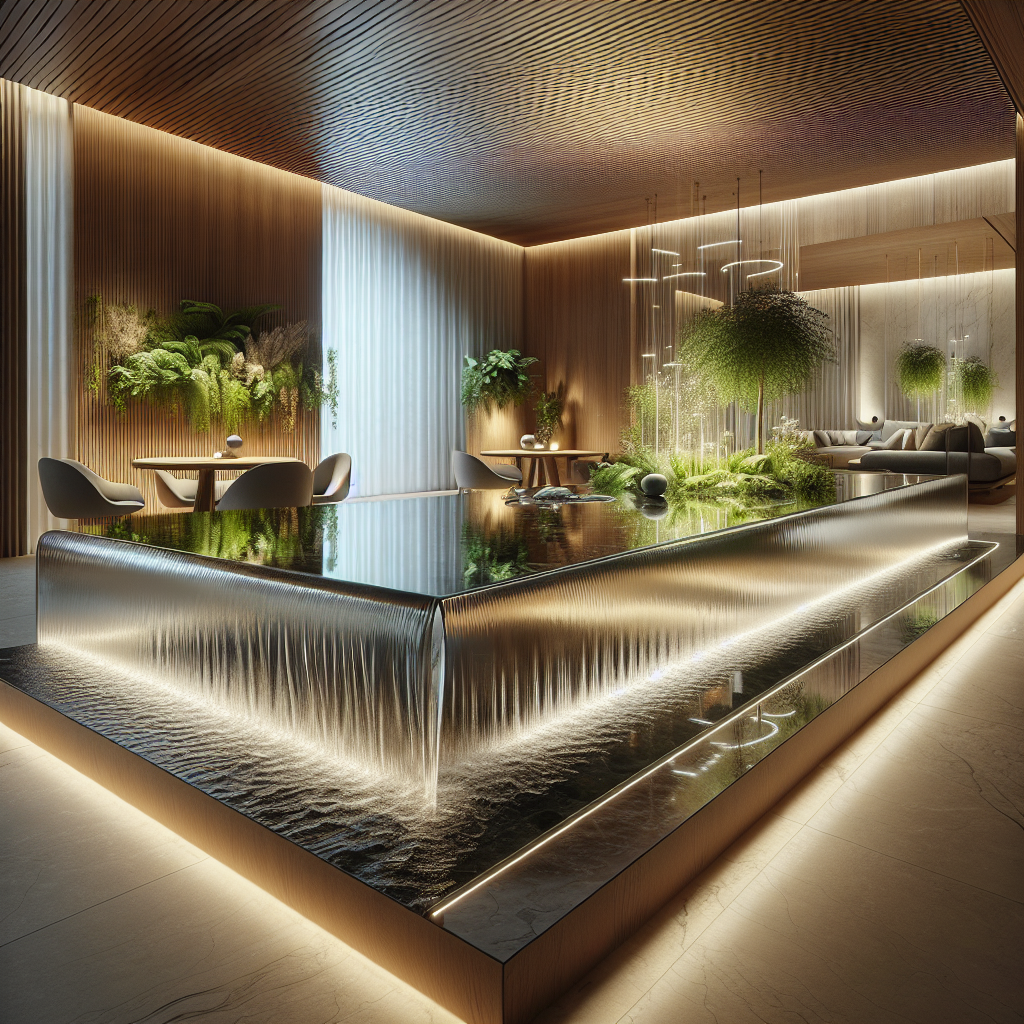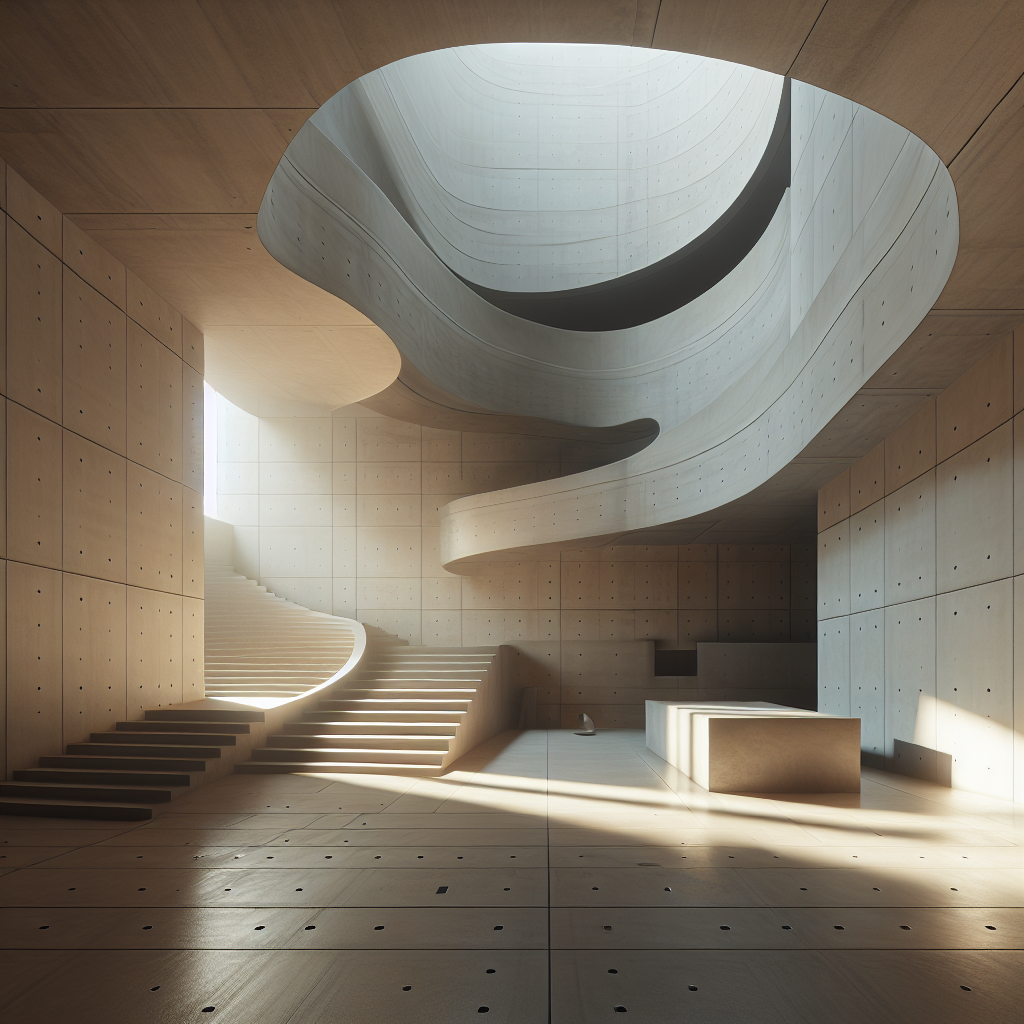Celebrating Craftsmanship: The Renaissance of Artisanal Design in Interiors

Celebrating Craftsmanship: The Renaissance of Artisanal Design in Modern Interiors
Amidst the digital age’s relentless march, a counter-movement is flourishing within the realm of interior design—a revival of artisanal craftsmanship. This renaissance is not merely a nostalgic glance backward but a bold stride forward, marrying the allure of the handmade with contemporary aesthetics. As we delve into the spaces that we inhabit, it becomes clear that the resurgence of artisanal design is more than a trend; it’s a testament to the enduring human desire for authenticity and quality in our environments.
The Allure of the Artisanal
Artisanal design in interiors is not simply about decoration; it’s about storytelling. Each handcrafted piece carries the imprint of its maker, a narrative of skill and dedication. The tactile quality of a handwoven textile, the unique grain of a hand-carved wooden table, or the subtle imperfections of a hand-thrown ceramic vase—these are the details that imbue our spaces with character and warmth. The rise of bespoke furniture and custom-made fixtures reflects a collective yearning for items that possess soul, items that stand in stark contrast to the mass-produced and the ephemeral.
Indeed, the appetite for artisanal elements in modern design is growing, as discerning homeowners and designers seek out the original and the well-crafted. This shift is palpable in the proliferation of workshops and studios dedicated to traditional crafts, from glassblowing to metalworking, where the maker’s hand is evident in every creation.
Artisanal Design as a Cultural Connector
Artisanal design transcends mere aesthetics; it serves as a cultural connector, bridging the gap between past and present. In a world where the global and the local are increasingly intertwined, the artisanal offers a sense of place and identity. The revival of local craftsmanship not only supports regional artisans but also preserves cultural heritage, ensuring that time-honored techniques are passed down through generations.
Consider the sustainable practices inherent in artisanal design—another compelling aspect of its resurgence. In a sustainable design framework, the focus on locally sourced materials and the reduction of waste aligns perfectly with the ethos of craftsmanship. By choosing artisanal, consumers are often making an environmentally conscious decision, one that favors longevity and mindful consumption over disposability.
The Integration of Technology and Tradition
While the artisanal design celebrates the hand-made, it is not averse to the integration of technology. In fact, innovative artisans are harnessing cutting-edge technologies to expand the possibilities of their craft. From computer-aided design (CAD) to 3D printing, these tools are enabling artisans to push the boundaries of their traditional mediums, creating complex forms and intricate patterns that were once impossible to achieve.
The symbiosis of technology and tradition is also evident in the way artisanal pieces are marketed and sold. Online platforms have opened up global markets for local artisans, allowing them to reach an audience that appreciates the value of their work. This digital connectivity has given rise to a new generation of design-savvy consumers who are eager to invest in unique, handcrafted interiors.
Artisanal Interiors as an Expression of Individuality
In the realm of interior design, the choice of artisanal elements is a powerful expression of individuality. Custom-made pieces offer a level of personalization that off-the-shelf items simply cannot match. The collaboration between client and artisan in creating a bespoke piece is a creative journey, one that results in an item that is tailor-made to the client’s tastes and needs.
The allure of the bespoke is not limited to the luxury market; it resonates with anyone seeking to express their unique style. From the trendsetters to the traditionalists, the appeal of artisanal design cuts across demographics, proving that the desire for quality and authenticity is universal.
Spotlight on Artisanal Designers and Their Craft
Let us turn the spotlight on a few exemplary figures in the artisanal design world. These are the visionaries who are redefining craftsmanship for the modern era, blending time-honored techniques with contemporary sensibilities. Designers like Ilse Crawford and Tom Dixon have championed the use of artisanal elements in their work, creating spaces that feel both grounded and avant-garde.
Moreover, the stories of artisans such as the ceramicists of Jingdezhen, China, or the weavers of Oaxaca, Mexico, remind us that the craft is a universal language. These artisans are not just preserving traditions; they are evolving them, ensuring that their crafts remain relevant and revered in a rapidly changing world.
Embracing Artisanal Design in Your Own Space
Embracing artisanal design in your own space is an adventure in texture, color, and form. It’s about seeking out those pieces that speak to you, that resonate with your aesthetic and ethical values. Whether it’s a hand-knotted rug that anchors your living room or a bespoke light fixture that becomes the centerpiece of your dining area, these items add layers of richness and depth to your home.
For those looking to incorporate artisanal design into their interiors, the journey begins with research and exploration. Attend craft fairs, visit local studios, or explore online marketplaces that specialize in handmade goods. Engage with the stories behind the pieces, and you’ll find that your space becomes a tapestry of these narratives—a celebration of craftsmanship in every corner.
As we forge ahead into an ever-more digital future, the renaissance of artisanal design in interiors offers a grounding counterpoint. It’s a movement that honors the hand of the maker, the beauty of imperfection, and the timeless appeal of the well-crafted. In embracing artisanal design, we’re not just decorating our homes; we’re enriching our lives with layers of meaning, beauty, and connection.








